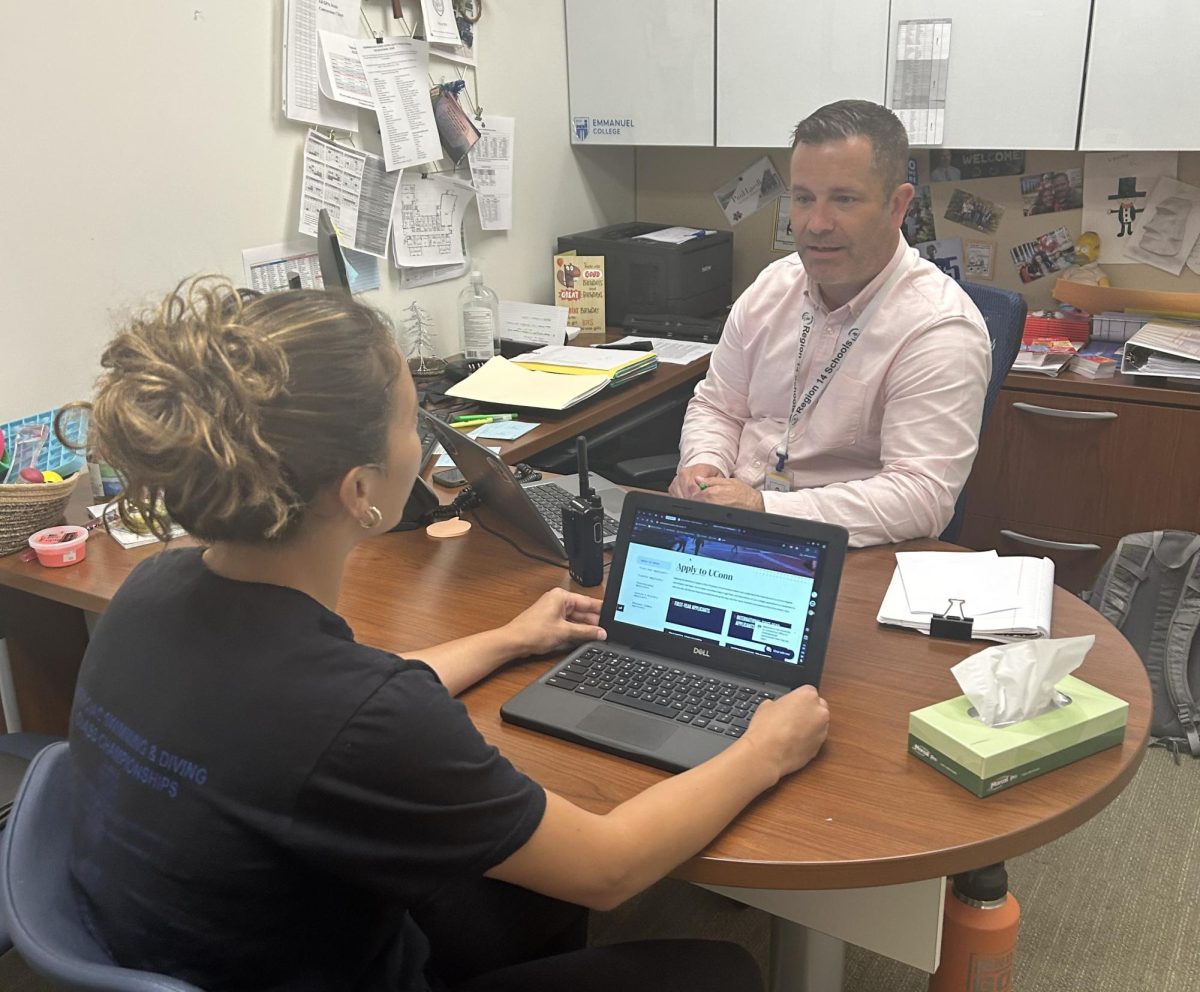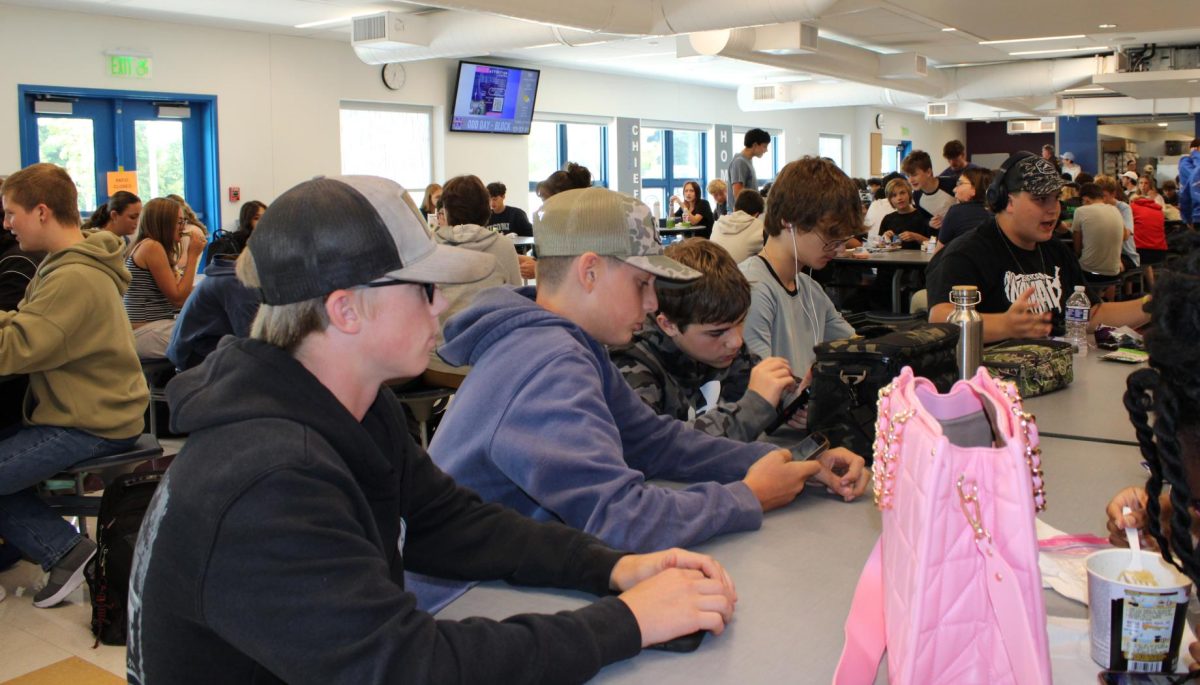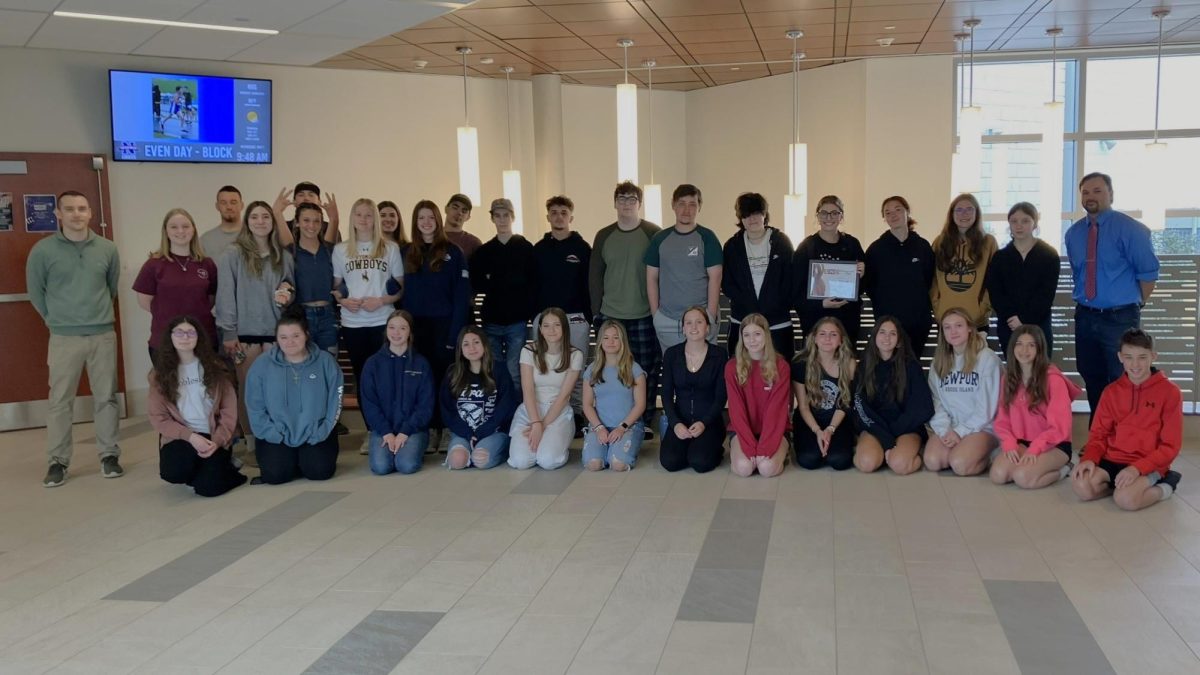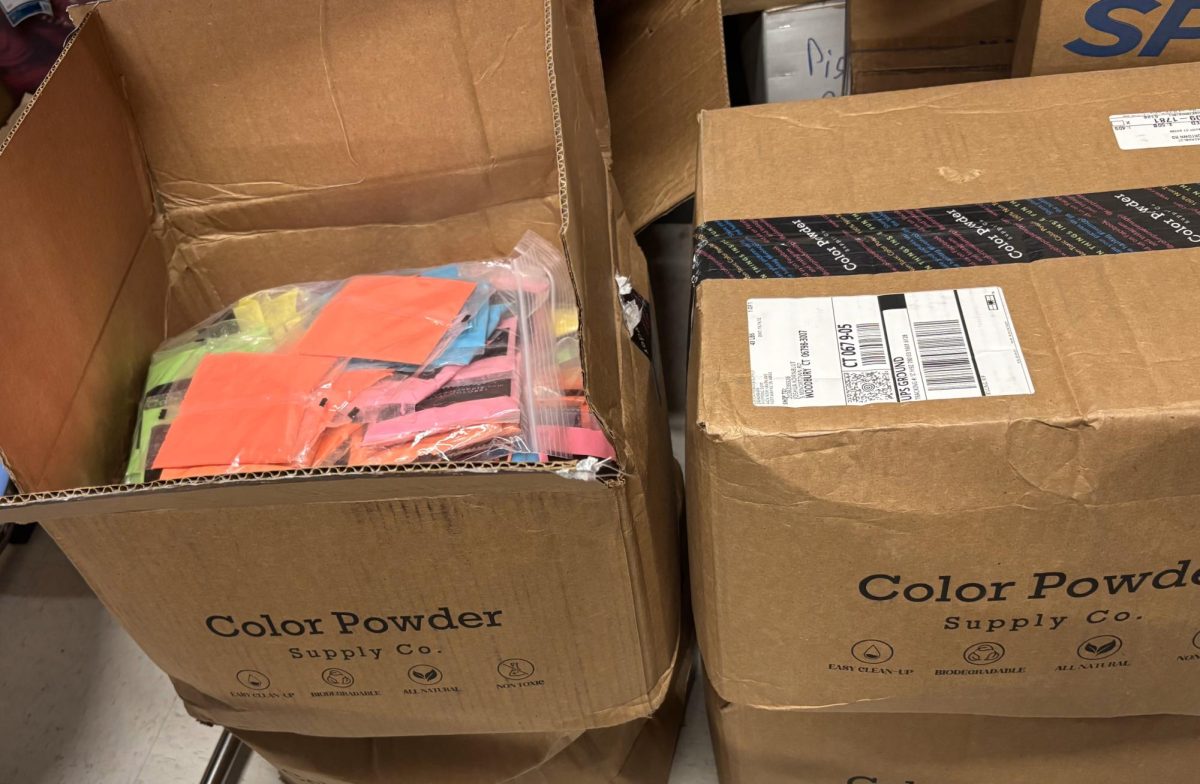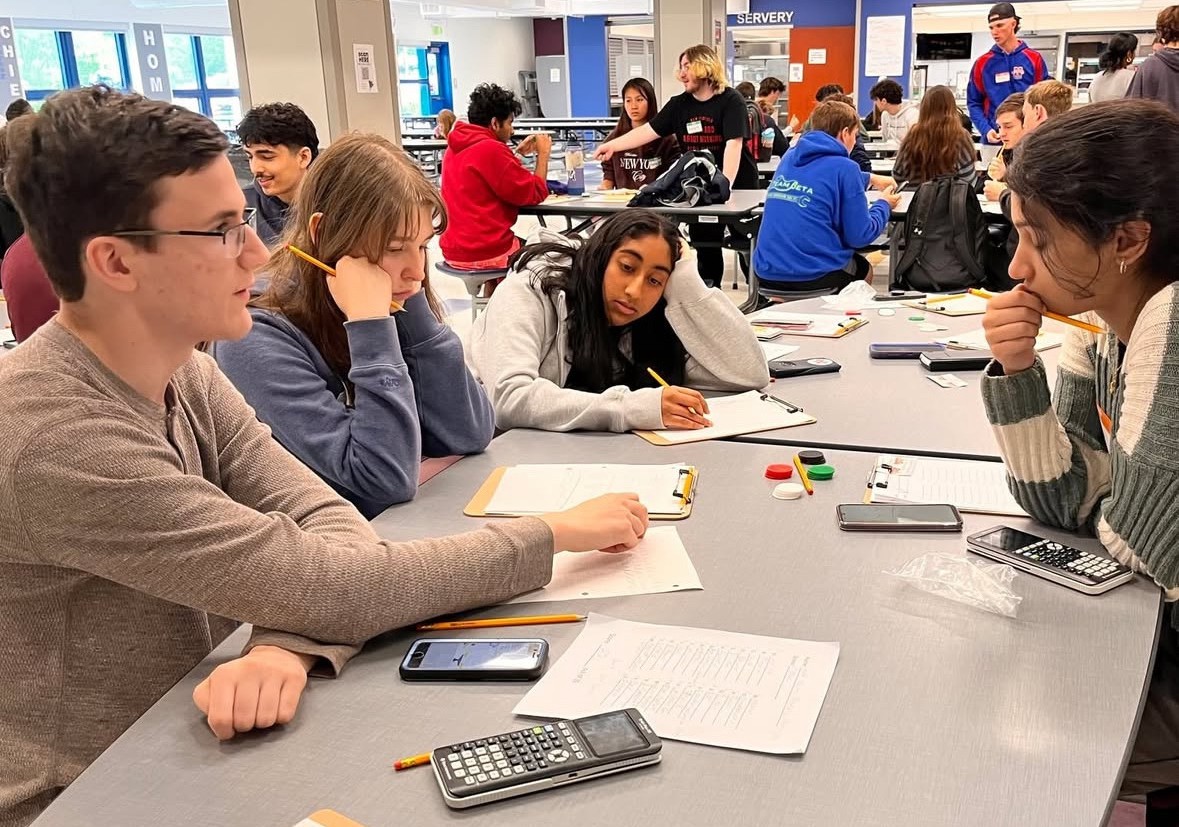WOODBURY— Student council president, 4.15 GPA, 1360 on the SAT, and three-season varsity athlete. While these credentials do provide a base for a college application, to get into a dream school, layers upon layers of additional qualifications are necessary.
College applicant numbers are rising, and many Nonnewaug students, like senior and UConn commit Judy Nakhla, are starting to ask themselves, “How much can I really stand out?”
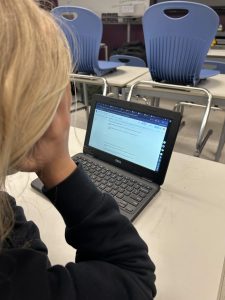
The 2024-25 application cycle has been grounds for a record breaking number of applicants with, according to Forbes.com, a 6% increase from last year that totals to approximately 8.5 million applicants.
While generally the increased interest in higher education is beneficial, for many students, the rising number of applicants means one thing: lower acceptance rates.
NHS College and Career Resource Center counselor Kathy Green understands that this bubble is daunting, though the application boom may be at its peak.
“The number of students applying to college will decline after this year,” said Green, who assists students with college applications. “But the [2024-25 school year] was the precipice.”
According to ivyscholars.com, from 2002 to 2020, Cornell’s acceptance rate fell from 30.9% to 8.7%, and other Ivy league schools followed a similar pattern.
NHS history instructor Rebecca Trzaski observes the differences between applications now and then.
“More people apply to more places,” said Trzaski, who has taught NHS upperclassmen for years, “so getting into certain schools is a lot harder nowadays.”
“My husband went to UConn,” said Trzaski. “We always say that the grades he had back then would not have gotten him in now.”
Part of the reason for increased ambitions within the applicant pool is the ease at which students can apply to colleges. Before the development of the technologies students take advantage of today, applications weren’t so simple.
“I remember handwriting some of my essays,” Trzaski said of the era that preceded the digitized Common App, “or I would type them up on a typewriter.”
NHS counselor Gail DeFrancesco recalls a similar experience.
“I remember when I was in high school, we had to fill out each application by hand with a paper format,” she said.
Over the last decade or two, with the development of the Common Application, the process of applying for a higher education has become much more efficient. This application procedure allows students to apply to more schools with ease.
“Having the common application now has mainstreamed the process for the better,” said DeFrancesco. “It is a lengthy and thorough application.”
Jano Nakhla, NHS senior and future UConn student, notes the challenges that can accompany this rise in applications, and fall in acceptance rates.
“Nowadays everyone’s doing really impressive extracurriculars,” said Nakhla of the ever-increasing applicant pool today’s college candidates are up against. “So at some point you’re not standing out amongst a pool of people who are doing the same thing.”
While it is clear that the ambition of this year’s applicant pool has well exceeded that of the years prior, Eva Ripperger, an NHS senior attending Virginia Tech this fall, had a plan for her applications.
“Based on the strong suits in my application, I picked schools I thought I had a good chance of getting into and was confident I’d be accepted to,” she said.
However, applicants aren’t the only ones witnessing the growth in competition.
“The demand to have a quality application has increased,” said Green, “so what may have been suitable 10 years ago is not necessarily a competitive application at this point.”



